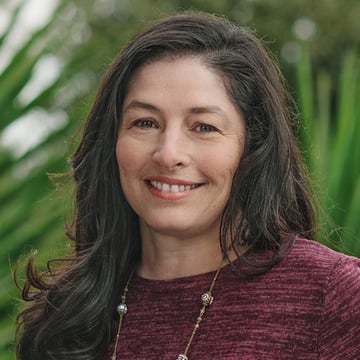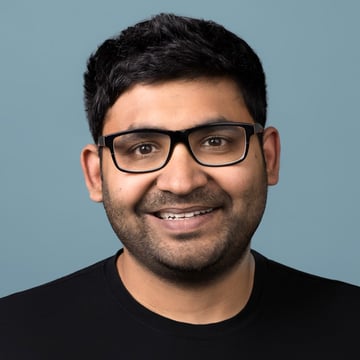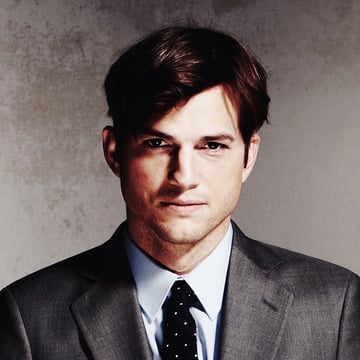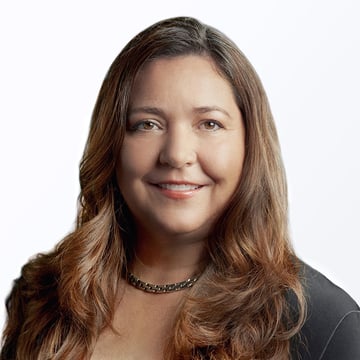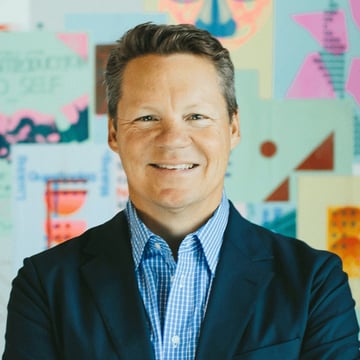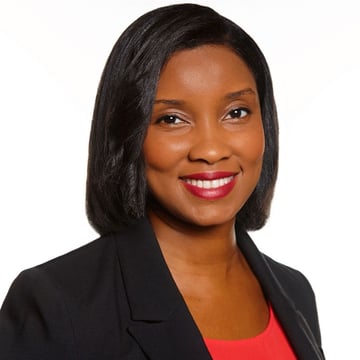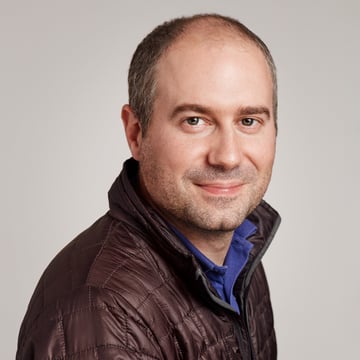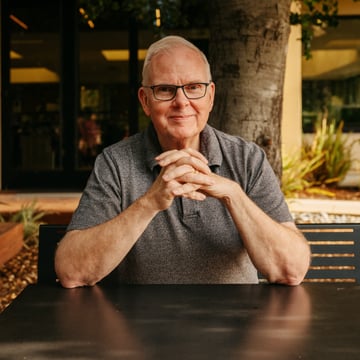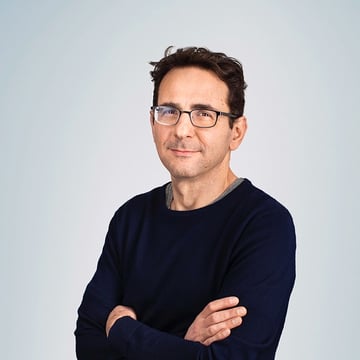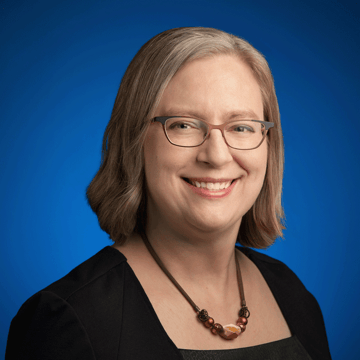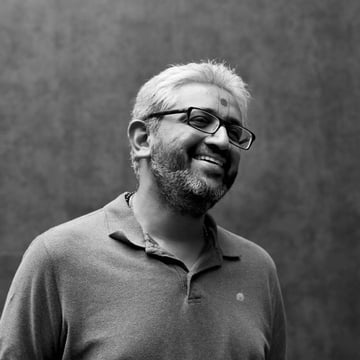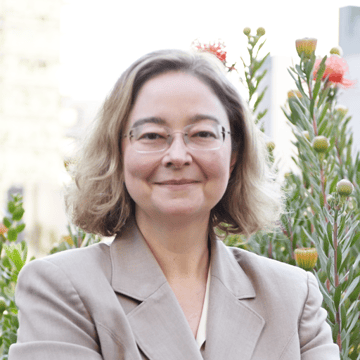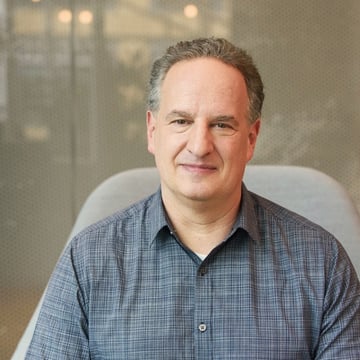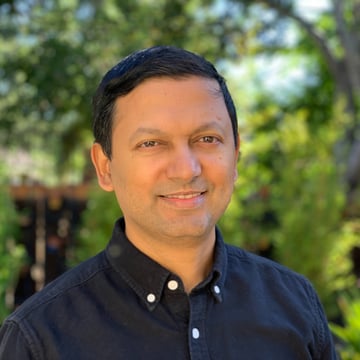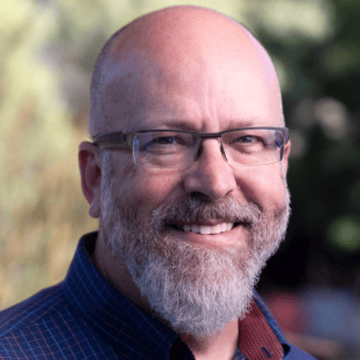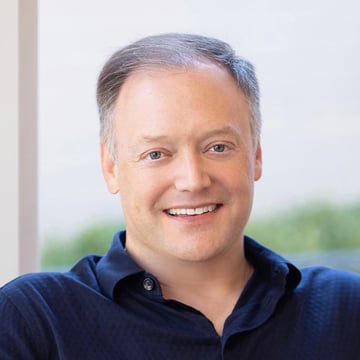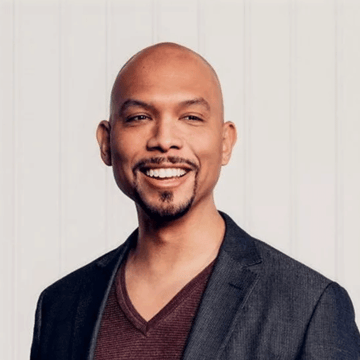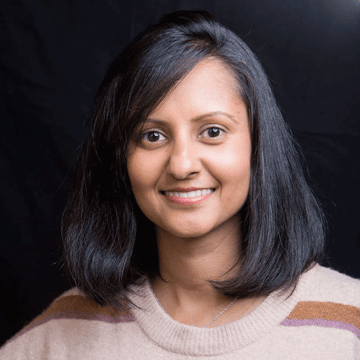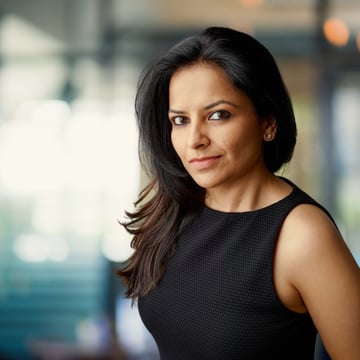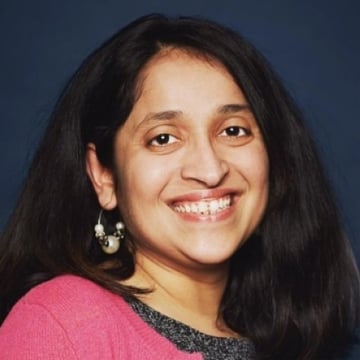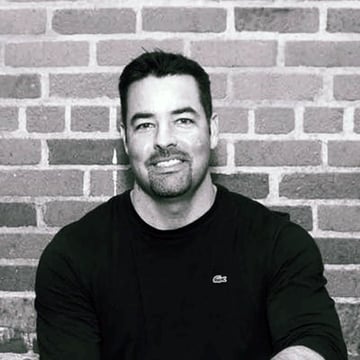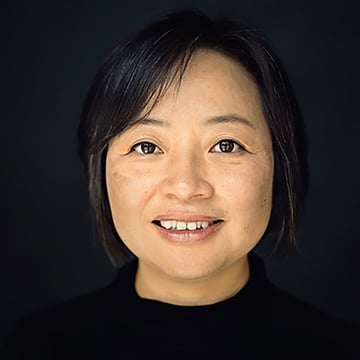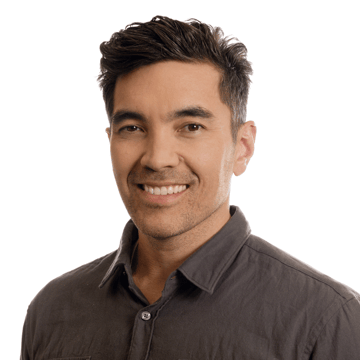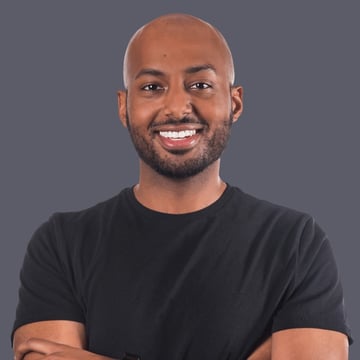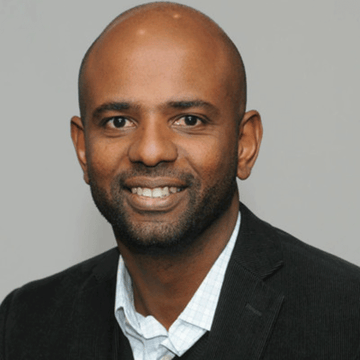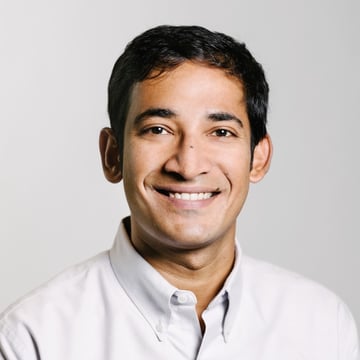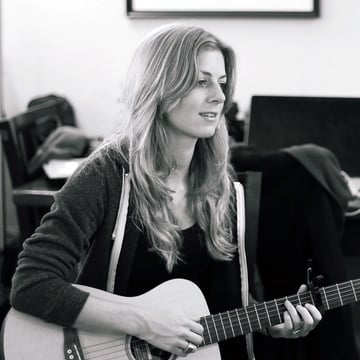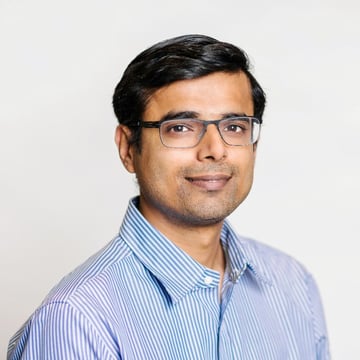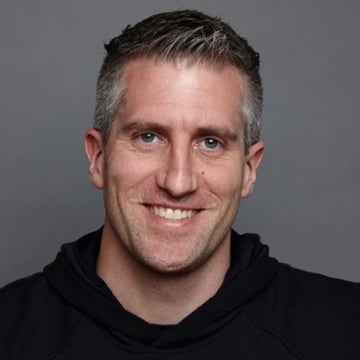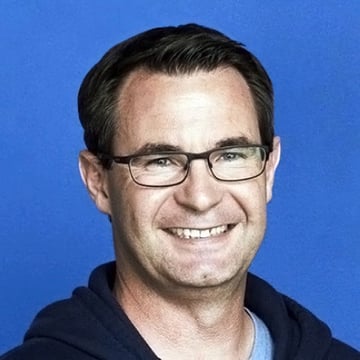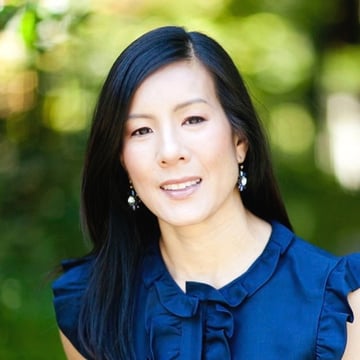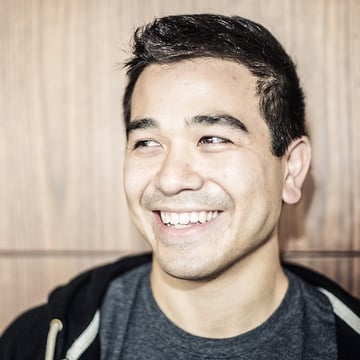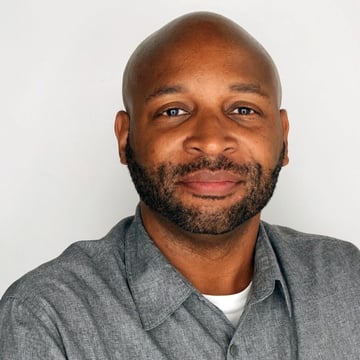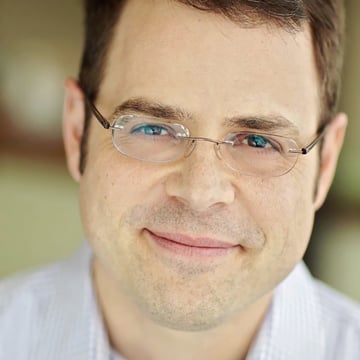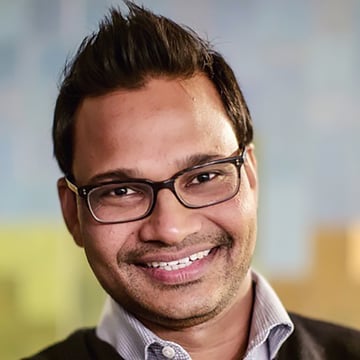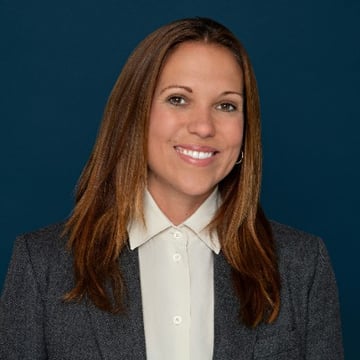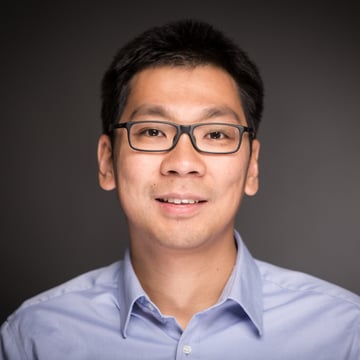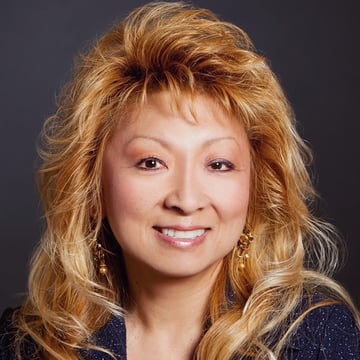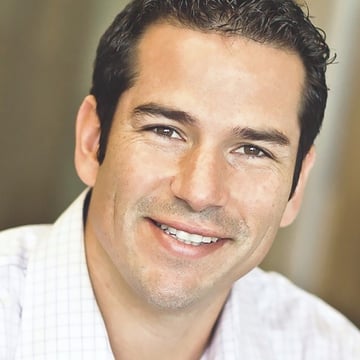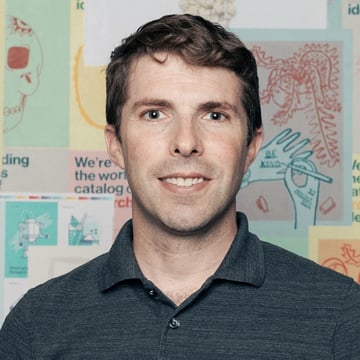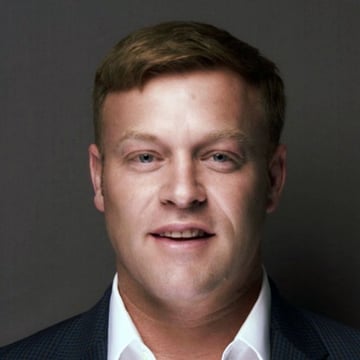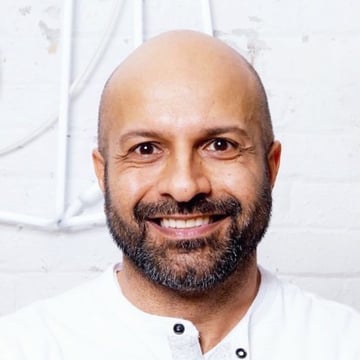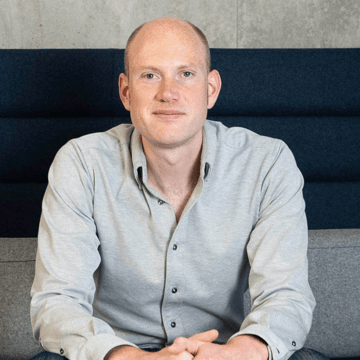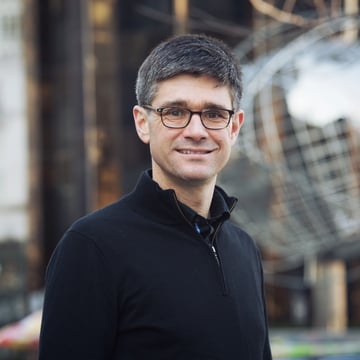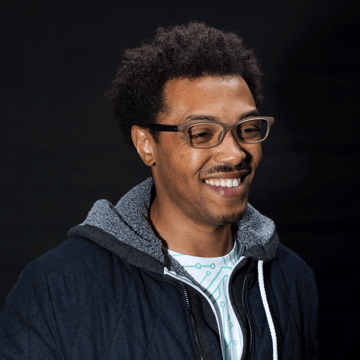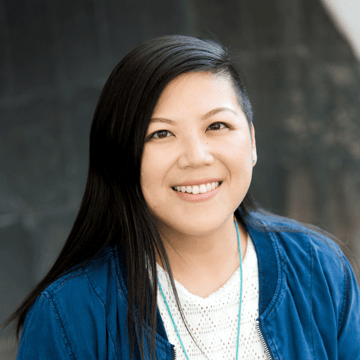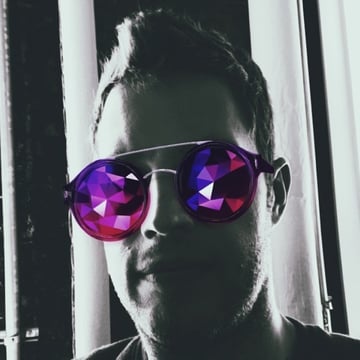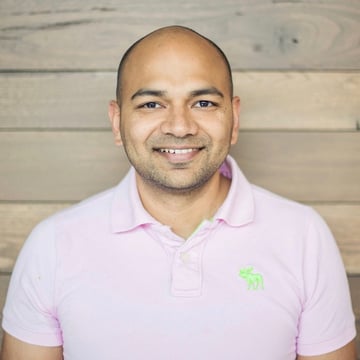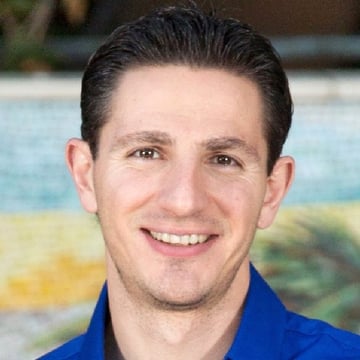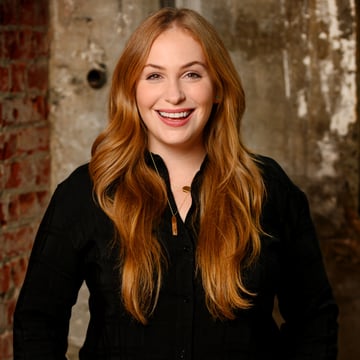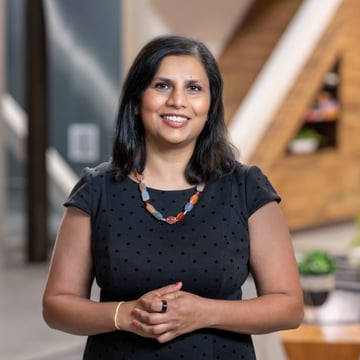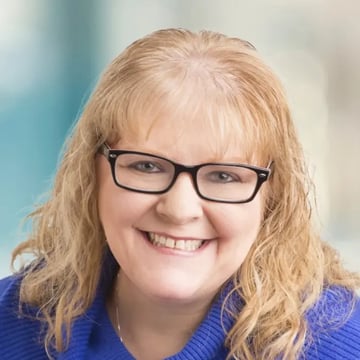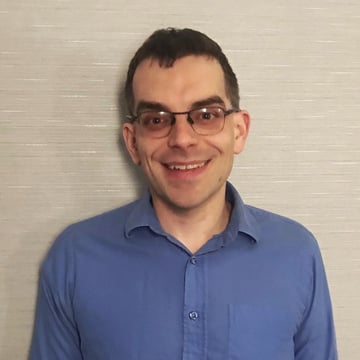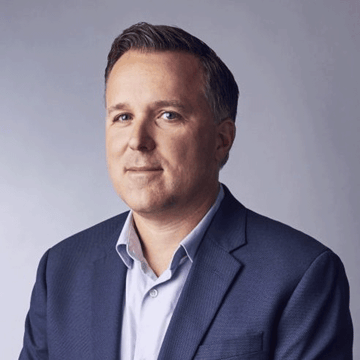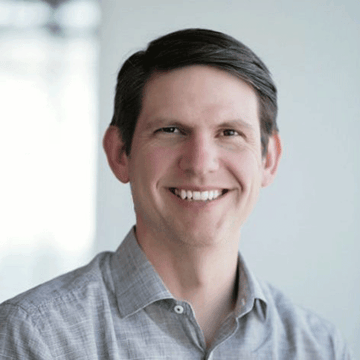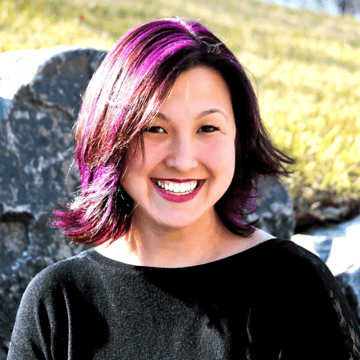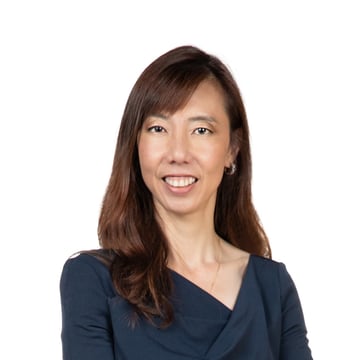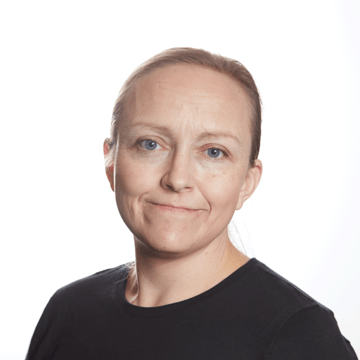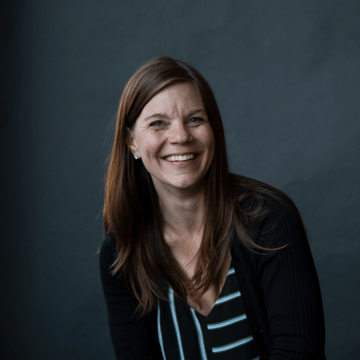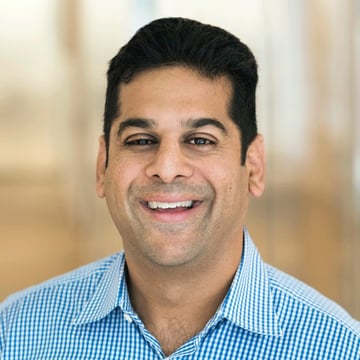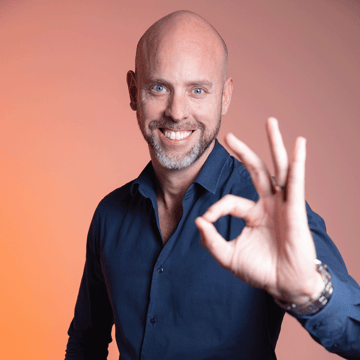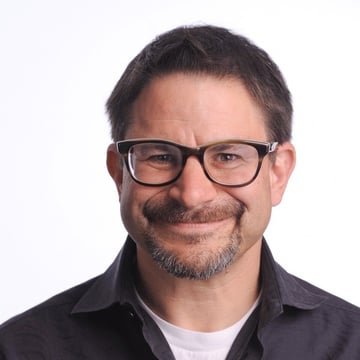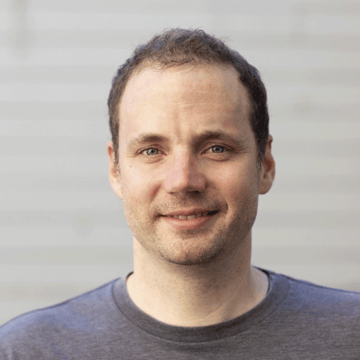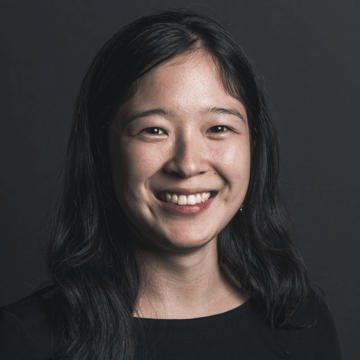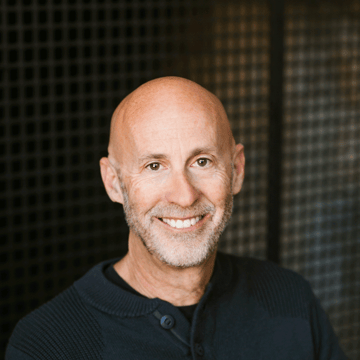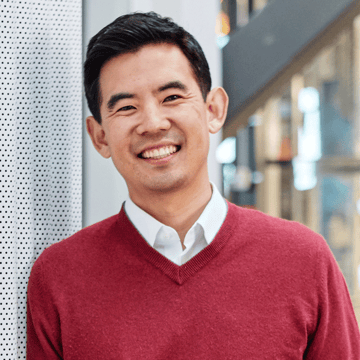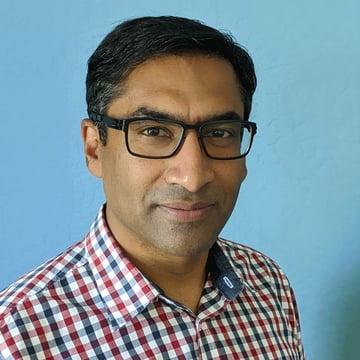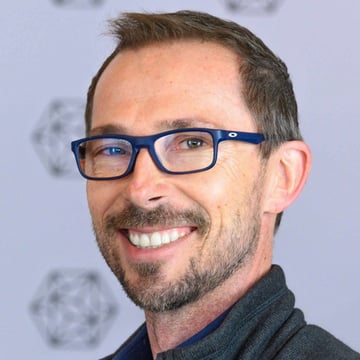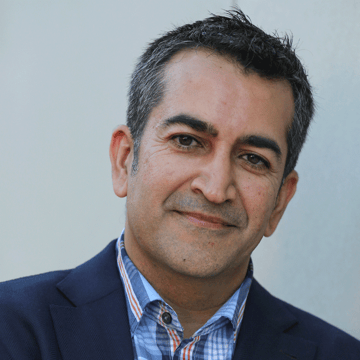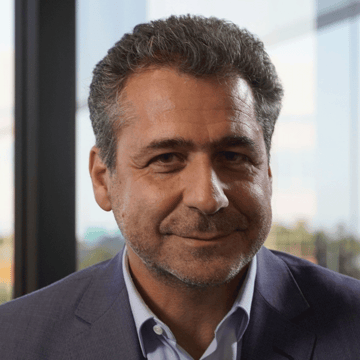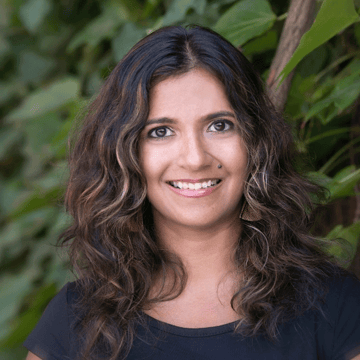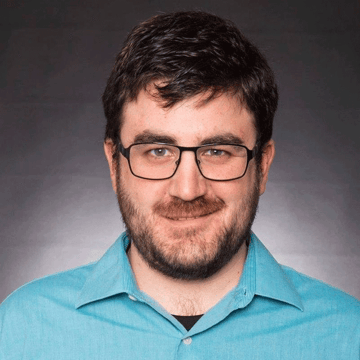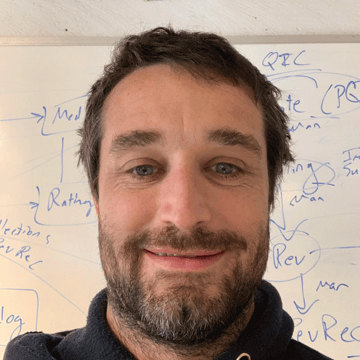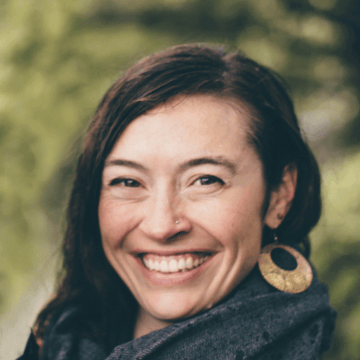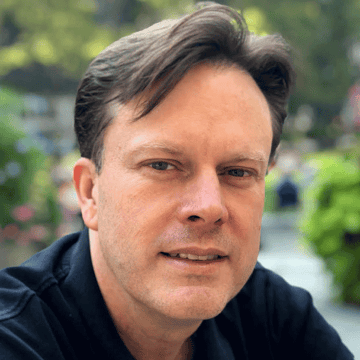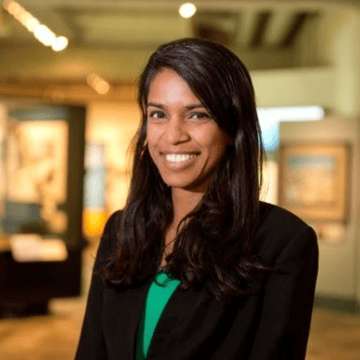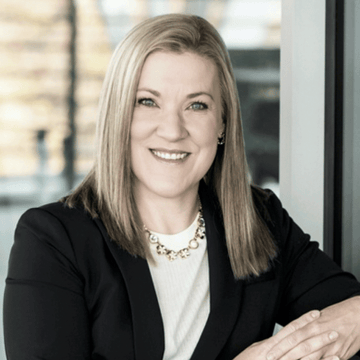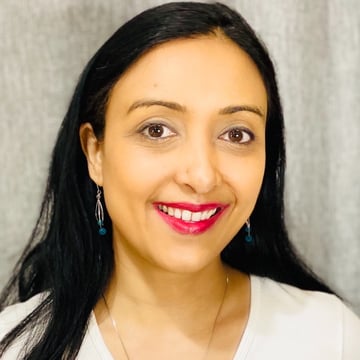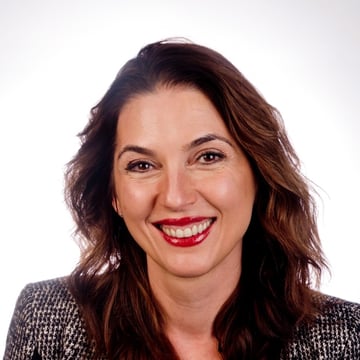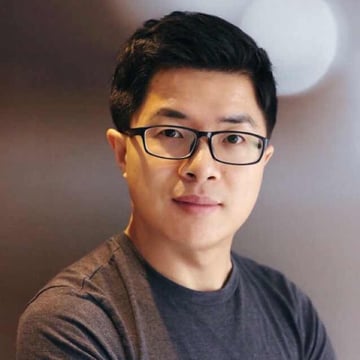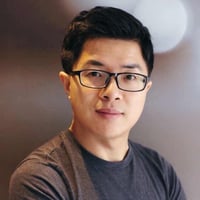
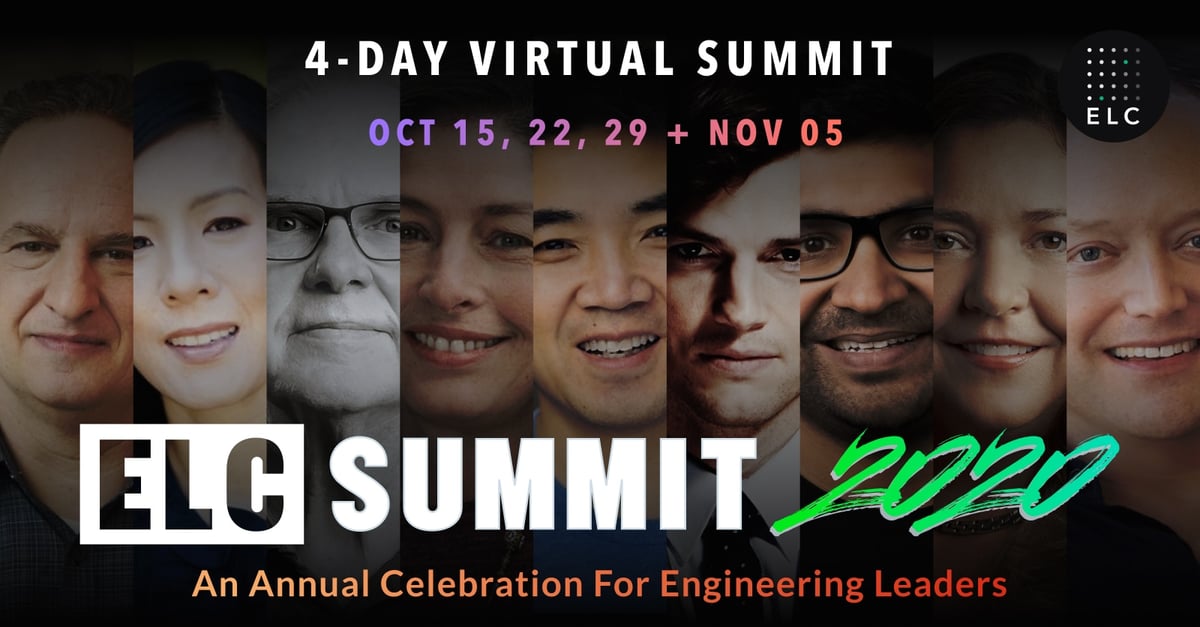
SUMMIT
ELC Summit 2020
Speakers
Eric Yuan
Founder & CEO @ Zoom
Marianna Tessel
CTO @ Intuit
Parag Agrawal
CTO @ Twitter
Ashton Kutcher
Actor & Investor
Anna Patterson
Managing Partner @ Gradient Ventures
Jeremy King
SVP & CTO, Engineering and IT @ Pinterest
Tia Caldwell
Former Director of Engineering @ Slack
David Singleton
CTO @ Stripe
Bill Coughran
Founder's Coach and Partner @ Sequoia Capital, Former SVP Engineering @ Google
Eisar Lipkovitz
Executive Vice President, Engineering @ Lyft
Melissa Binde
VP of Engineering, Platform and Observability @ Splunk
Mohak Shroff
SVP Engineering @ LinkedIn
Jocelyn Goldfein
Managing Director @ Zetta Venture Partners
Allan Leinwand
SVP Engineering @ Slack
Sri Viswanath
General Partner @ Coatue Management
Wade Chambers
Chief Engineering Officer @ Amplitude
Quentin Clark
Managing Director @ General Catalyst
Nick Caldwell
VP of Engineering @ Twitter
James Everingham
VP of Engineering @ Meta
Surabhi Gupta
Head of Engineering @ Robinhood
Ritu Bhargava
Chief Product Officer, CX/CRM @ SAP
Namrata Ganatra
Founder & CEO @ Sturish
Jason Warner
CTO @ Github
Li Fan
Chief Technology Officer @ Circle
Michael Montano
VP Engineering @ Twitter
Tim Tully
SVP & CTO @ Splunk
Yonas Beshawred
Founder & CEO @ StackShare
Pooja Brown
Head of Engineering @ Stitch Fix
Sabry Tozin
VP of Engineering @ LinkedIn
Adam D’Angelo
Founder & CEO @ Quora
Tami Rosen
HR Disruptor/Advisor, formerly CPO @ Atlassian
Aditya Agarwal
Partner-in-Residence @ South Park Commons
Jessica McKellar
Founder and CTO @ Pilot
Akhil Gupta
VP & GM of Enterprise @ Dropbox
Jean-Denis Greze
Head of Engineering @ Plaid
Steve Deasy
VP of Engineering @ Atlassian
Aileen Lee
Founder and Managing Partner @ Cowboy Ventures
Andrew Fong
CTO @ Vise
Selina Tobaccowala
Chief Digital Officer @ Openfit
Donald Sumbry
Head of Reliability Engineering @ Airbnb
John Lilly
Venture Partner @ Greylock Partners
Jyoti Bansal
CEO & Co-Founder @ Harness
Melody Hildebrandt
Chief Technology Officer @ Fox Corporation
Richard Wong
SVP of Engineering @ Coursera
Judy Priest
Distinguished Engineer, VP/GM @ Microsoft
Daniel Portillo
Managing Partner & Founder @ Sweat Equity Ventures
Pete Nichols
The Pinterest Platform @ Pinterest
Gokul Rajaram
Caviar Lead @ DoorDash
David Silverman
Author @ Team of Teams
Claire Lew
CEO @ Know Your Team
Elad Gil
Entrepreneur and Investor @
Farhan Thawar
VP of Engineering @ Shopify
Will Larson
Chief Technology Officer @ Calm
Mike Bryzek
Co-founder, Chairman, CTO @ Flow
Aston Motes
Interim Executive Director @ /dev/color
Raylene Yung
CEO @ U.S. Digital Response
Scott Shumaker
CTO and Head of Engineering, Yammer @ Microsoft
Viraj Mody
Co-Founder, CTO @ Common Room
Jerry Krikheli
VP of Engineering @ Houzz
Alexis Rask
Executive Coach, Partner @ Sweat Equity Ventures
Ryan Petersen
Founder and CEO @ Flexport
Prachi Gupta
VP of Engineering @ Discord
John Vrionis
Co-Founder & Managing Partner @ Unusual Ventures
Aline Lerner
Founder and CEO @ interviewing.io
Osman (Ozzie) Osman
Co-founder @ Monarch Money
Wendy Shepperd
GVP, Engineering @ New Relic
Usman Muzaffar
Head of Engineering @ Cloudflare
Alex Allain
CTO and Co-Founder @ U.S. Digital Response
Tim Correia
SVP Engineering @ Zillow
David Thacker
Partner @ Greylock
Christina Wick
VP of Engineering @ Harry's
Han Yuan
Founder @ Post-PC Labs
Fiona Tan
Global Head of Customer and Supplier Technology @ Wayfair
Laura Thomson
VP Of Engineering, Platform @ Fastly
Anthony Kline
Partner @ Sweat Equity Ventures
Megan Zengerle
Partner @ Sweat Equity Partners
Ashish Raina
Founder @ Optimize Talent
James Smith
CEO and Co-Founder @ Bugsnag
Kristian Lindwall
Director of Engineering, Data & Insights @ Spotify
David Hornik
General Partner @ August Capital
Michael White
Head of Engineering, Caviar @ DoorDash
Belinda Runkle
Engineering Director @ Google
Adrien Treuille
Co-Founder & CEO @ Streamlit
Jean Hsu
VP of Engineering @ Range
Marty Cagan
Partner @ Silicon Valley Product Group
Edward Kim
Co-founder & CTO @ Gusto
Shrijeet Mukherjee
Co-Founder @ Stealth Startup
Andrew Lau
CEO @ Jellyfish
James Birchler
VP of Engineering @ Caffeine
Ahmed Datoo
Co-Founder and COO @ Mesmer
Daniel Dargham
President and CEO @ Lohika
Minal Mehta
Head of Product Management @ Next Billion Users (NBU) @ YouTube
Blaga Lund
VP of Engineering @ Kustomer
David Wohlreich
Director of Total Rewards & HR Operations @ Niantic
Scott Woody
CTO @ Metronome
Chrystal Henke Ball
VP of Engineering @ Pandora
Leigh Newsome
Partner & CTO Coach @ Hoola Hoop
Kalpana Jogi
VP of Engineering @ Lyft
Paula Judge
VP, Talent @ Accel
Ras Kasa Williams
Staff Engineer @ Mailchimp
Alexandre Maldaner
VP, Customer Operations @ Daitan Group
Polina Giralt
Staff Engineer @ Squarespace
Heidi Waterhouse
Developer Advocate @ LaunchDarkly
Nina Achadjian
Partner @ Index Ventures
Mark Goldberg
Partner @ Index Ventures
Courtney Broadus
Investor @ Broadway Angels
Rick Boone
Formerly Senior Engineer + Strategic Advisor to VP Infrastructure Engineering @ Uber
Ragini Holloway
Senior Vice President, People @ Affirm
Deborah Singer
Chief Marketing Officer @ Girls Who Code
Asif Makhani
CTO @ Handshake
Annie Zhou
Director, Business Platform Engineering @ Square
Shannon Hogue
Head of Solutions Engineering @ Karat
Sanjeev Sharma
SVP, Head of Platform and Automation Engineering @ Truist
Cathy Polinsky
Former CTO @ Stitch Fix
Preeti Kaur
VP of Engineering @ Carta
Yu Liu
Director at Facebook AI @ Facebook
Antoine Boulanger
Co-Founder & CEO @ Okay
Kim Martin
Director, Platform Data Science and Engineering @ Netflix
Niall Smart
CTO & Co-Founder @ VTS
Maria Latushkin
CTO @ Omada Health
Rohini Pradeep
Head of Engineering, Benefits and EEL @ Gusto
Dylan Serota
Co-Founder & Chief Strategy Officer @ Terminal
Jerry Li
Founder @ Gradual
Agenda
Oct 15Oct 22Oct 29Nov 05Nov 06Dec 15
Track View
From4:30 PM
To5:00 PM
GMT
Tags:
main stage
Presentation
Day 1 - Opening Kickoff
Speakers:


From5:00 PM
To5:30 PM
GMT
Tags:
main stage
Presentation
Creating Transparency Across Teams
+ Read More
Speakers: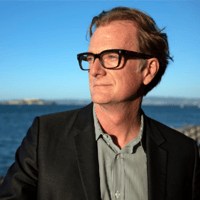
From5:30 PM
To6:00 PM
GMT
Tags:
main stage
Presentation
Building Spiky Orgs: Why Doing Less Is Best
+ Read More
Speakers: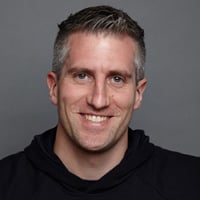

From6:00 PM
To6:30 PM
GMT
Tags:
main stage
Fireside Chat
Productivity Practices to Scale Your Time and Mind
+ Read More
Speakers:
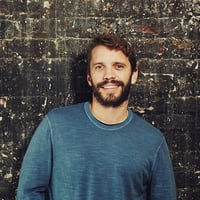


From6:30 PM
To7:00 PM
GMT
Tags:
main stage
Presentation
Balancing Fast-Paced Innovation and Technical Debt
+ Read More
Speakers: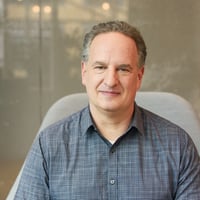

From7:00 PM
To7:30 PM
GMT
Tags:
main stage
Presentation
Debugging Your Career: How to Increase Your Ability to Win as a Manager
+ Read More
Speakers: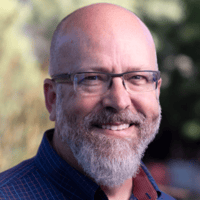

From7:30 PM
To8:00 PM
GMT
Tags:
main stage
Panel
Influencing Skills: Your Superpower
+ Read More
Speakers: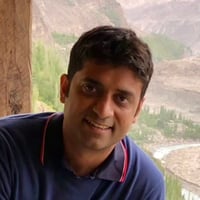
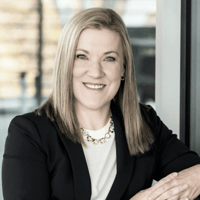

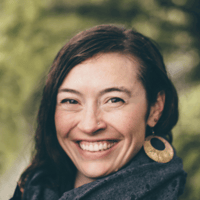



From8:00 PM
To8:30 PM
GMT
Tags:
main stage
Fireside Chat
How to Implement the Right Team Process In Engineering
+ Read More
Speakers: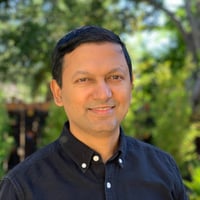
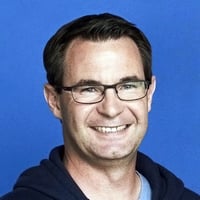




From8:30 PM
To9:00 PM
GMT
Tags:
main stage
Presentation
Navigating Business And Employee Wellness In Times Of Uncertainty
+ Read More
Speakers:

From9:00 PM
To9:30 PM
GMT
Tags:
main stage
Fireside Chat
Build or Buy: Scaling Through Acquisitions and Ownership
+ Read More
Speakers: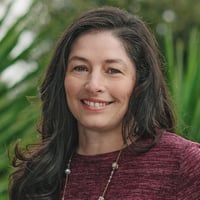



From9:30 PM
To10:00 PM
GMT
Tags:
main stage
Fireside Chat
Advising and Angel-Investing in Companies
+ Read More
Speakers: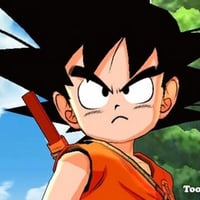


From10:00 PM
To10:30 PM
GMT
Tags:
main stage
Fireside Chat
Day 1 Coffee Chat - A Look Behind the Scenes
Speakers:

From10:30 PM
To11:00 PM
GMT
Tags:
main stage
Fireside Chat
Building Your AI A-Team
+ Read More
Speakers: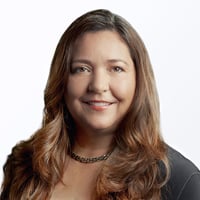
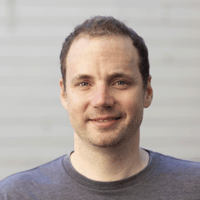


From11:00 PM
To11:30 PM
GMT
Tags:
main stage
Presentation
Building Your Career Like A Pyramid
+ Read More
Speakers:

From11:30 PM
To12:00 AM+1
GMT
Tags:
main stage
Fireside Chat
The Value of Being Direct
+ Read More
Speakers:
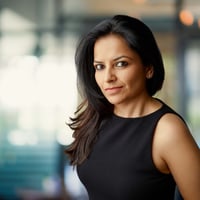


From12:00 AM +1
To12:30 AM+1
GMT
Tags:
main stage
Fireside Chat
Engineering Growth Can Surprise You
+ Read More
Speakers: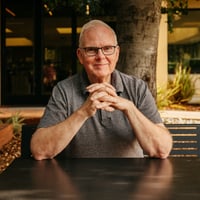
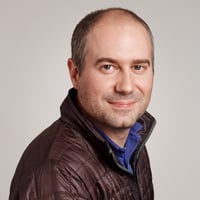


From12:30 AM +1
To12:50 AM+1
GMT
Tags:
main stage
Presentation
Day 1 - Closing Sendoff
Speakers:
Event has finished
October 15, 4:15 PM GMT
Online
Event has finished
October 15, 4:15 PM GMT
Online

